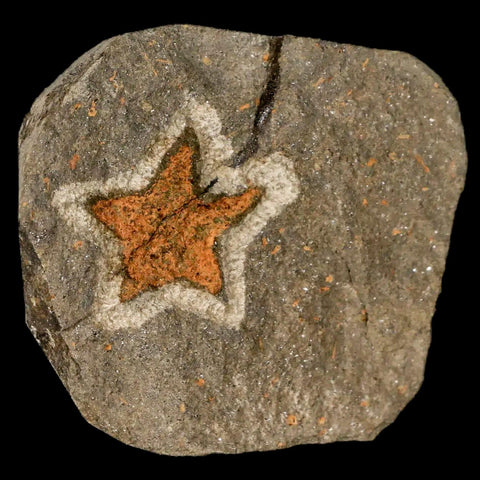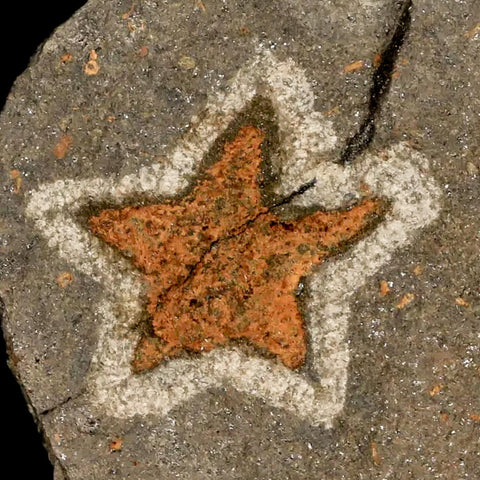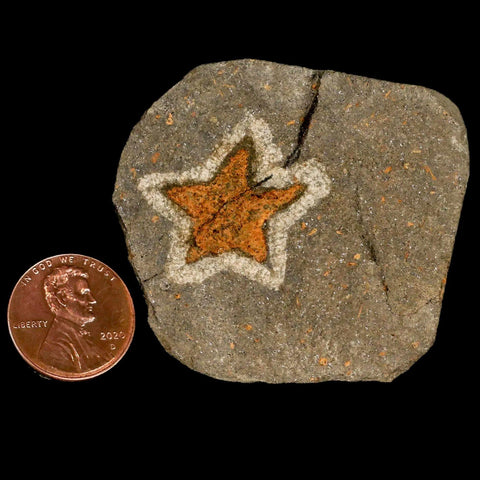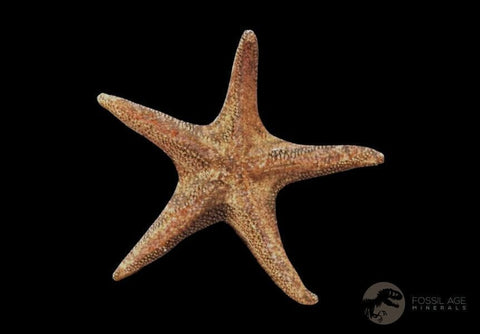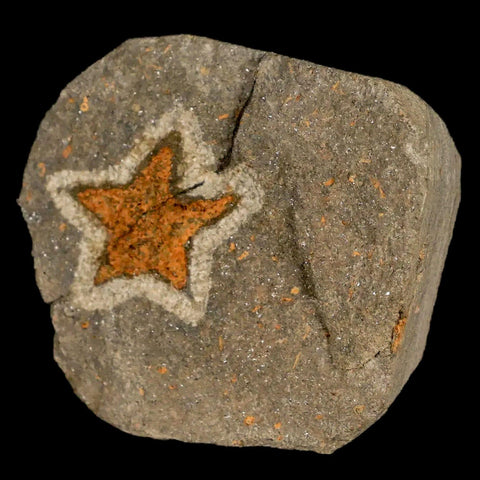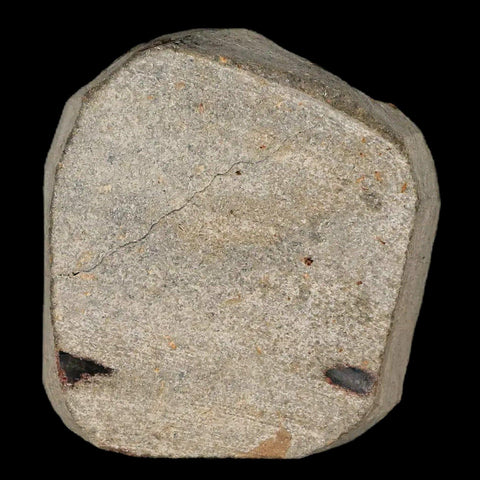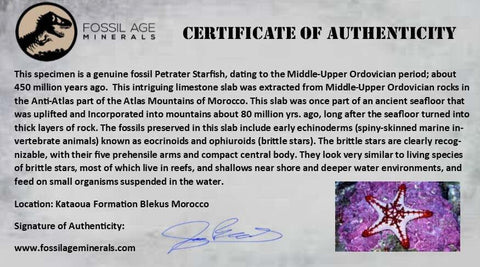18MM Brittle Star Petraster Starfish Fossil Ordovician Age Blekus Morocco COA
Location: Kataoua Formation, Blekus, Morocco
Weight: 1.8 Ounces
Starfish Dimensions: 18MM
Dimension: 2 Inches Long, 1.8 Inches Wide, 0.6 Inches Thick (Plate)
Comes with a Certificate of Authenticity.
The item pictured is the one you will receive.
Brittlestar Petraster
This intriguing limestone slab was extracted from Middle-Upper Ordovician (about 450 million years old) rocks in the Anti-Atlas part of the Atlas Mountains of Morocco. This slab was once part of an ancient seafloor that was uplifted and incorporated into mountains about 80 million years ago, long after the seafloor turned into thick layers of rock.
This fossil slab contains early echinoderms, including echinoids and ophiuroids, also known as brittle stars. The brittle stars are identifiable by their five flexible arms and compact central body, closely resembling modern brittle stars that inhabit reefs, shallow waters, and deeper marine environments, feeding on tiny suspended organisms. The eocrinoids are more distinctive, featuring long, slender stems with clusters of arm-like structures at the top. These likely represent the eocrinoid Ascocystites, which fed by filtering microorganisms from the water. Although eocrinoids are different from crinoids (sea lilies) in structure, their elongated stems helped them anchor to hard surfaces and extend above the seafloor. The slab includes both larger and smaller specimens; the smaller ones could be juveniles or a separate species. Notably, these smaller individuals are often found near brittle stars, suggesting a possible feeding interaction.

Please be aware of the nature of fossils:
Being buried under the ground for millions of years under tons of pressure tends to be rough. No fossil comes out of the ground whole and perfect. Most fossils have undergone some restoration, while others are altered by man simply to enhance their presentation in different ways. The workers in Morocco do a very professional job of unearthing and preserving these natural treasures. These are part of the natural beauty of the fossil and are not considered defects.


